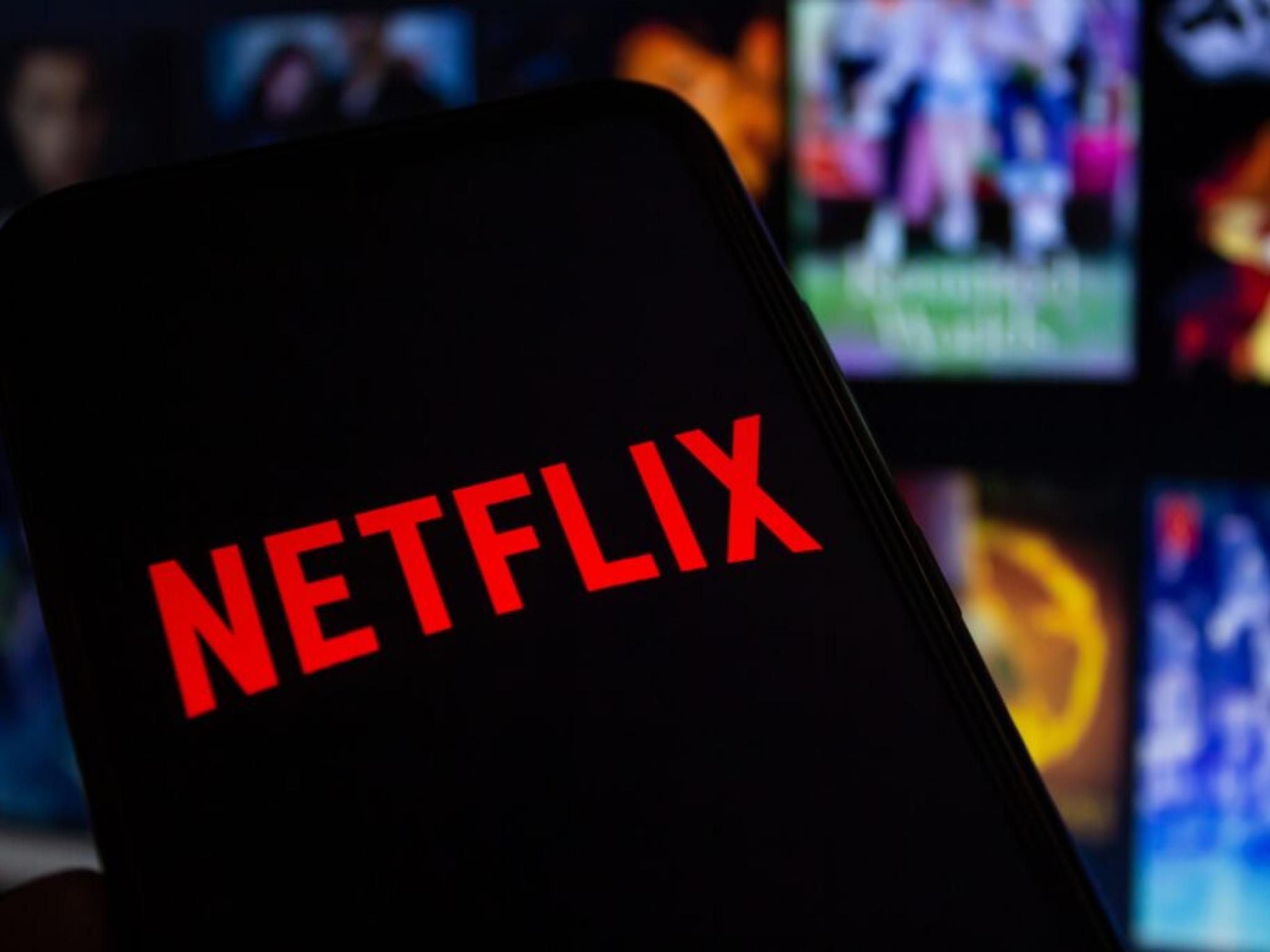Don't Be Fooled By Netflix's 90% 'Drop': Why ETF Investors Are Barely Blinking
Author: Chandrima Sanyal | November 17, 2025 03:30pm
On Monday, Netflix Inc’s (NASDAQ:NFLX) stock opened 90% lower than Friday’s close. But the drama is wholly illusory.
The company’s 10-for-1 stock split took effect at the open of trading on Nov 17, taking the share price from around $1,140 to about $110. Investors who held one share now own ten; their total investment value is unchanged, even if the chart looks catastrophic at first glance.
For ETFs with meaningful Netflix exposure, the split barely registered. ETFs simply recalculate share counts and adjusted NAVs the instant a new price goes live. Because Netflix’s market cap, still roughly $467 billion, didn’t change, its index weight remains precisely where it was. Share prices play no role in market-cap-weighted indices, meaning nothing about Netflix’s position inside those ETFs shifted.
See Also: Warner Bros Discovery Rallies on Strategic Review, Potential Bids from Paramount, Comcast And Netflix
Where Netflix Still Dominates
- The Communication Services Select Sector SPDR Fund (NYSE:XLC): This is still one of the largest ETFs holding Netflix. The stock remains ahead of Meta Platforms, Inc (NASDAQ:META) and Alphabet Inc (NASDAQ:GOOGL) in the portfolio, carrying roughly the same weight (59%) it had before the split.
- The Vanguard Communication Services ETF (NYSE:VOX): This fund adheres to the same index methodology and thus transitioned without a hitch by processing the split simply as a routine structural change rather than an event of import.
- The Invesco NASDAQ Internet ETF (NASDAQ:PNQI) and the First Trust Dow Jones Internet ETF (NYSE:FDN): These growth-oriented internet funds carry concentrated stakes in large-cap digital and streaming names. They automatically update their NAVs. For them, a split is little more than a bookkeeping exercise.
Beyond The Split
But Netflix isn’t only resetting its share price; it’s also accelerating on a number of strategic fronts. It recorded revenue of $11.51 billion in Q3 2025, up 17% year-on-year, driven by gains in subscribers, changes in pricing, and growing ad revenues.
The ad-supported tier, already live in key markets including the U.S., U.K., Japan, and Germany, is scaling quickly, according to Netflix, which said it would soon launch AI-powered ad formats to improve targeting and creative placement.
There’s also a big push into experiential entertainment: Netflix recently unveiled “Netflix House,” a 100,000-square-foot immersive space themed around its biggest shows (think Stranger Things, Wednesday) with VR experiences, dining, and a theatre.
Meanwhile, content stays paramount: Netflix claims record engagement in markets such as the US and the UK, anchored by hits like K-Pop Demon Hunters.
Secondary Effects Investors Should Watch
Though splits do nothing to change ETF weightings, they can affect trading behavior around the underlying stock. A lower headline price tends to attract more retail participation, particularly from investors who prefer full shares to fractional ones.
That lifts daily trading volumes, which in turn improves liquidity in ETFs that count Netflix as a significant holding. Lower per-contract prices in the options market can spur additional hedging and speculation, which occasionally nudges volatility higher, something active managers might pay attention to.
Monday’s “90% crash” was purely mathematical, and ETFs treated it accordingly. Allocation levels didn’t move, valuations didn’t budge, and the portfolio mechanics functioned precisely as intended. For ETF investors, Netflix’s split is a headline-grabber with no real consequences on ETFs.
Read Next:
Image: Shutterstock
Posted In: FDN GOOGL META NFLX PNQI VOX XLC





